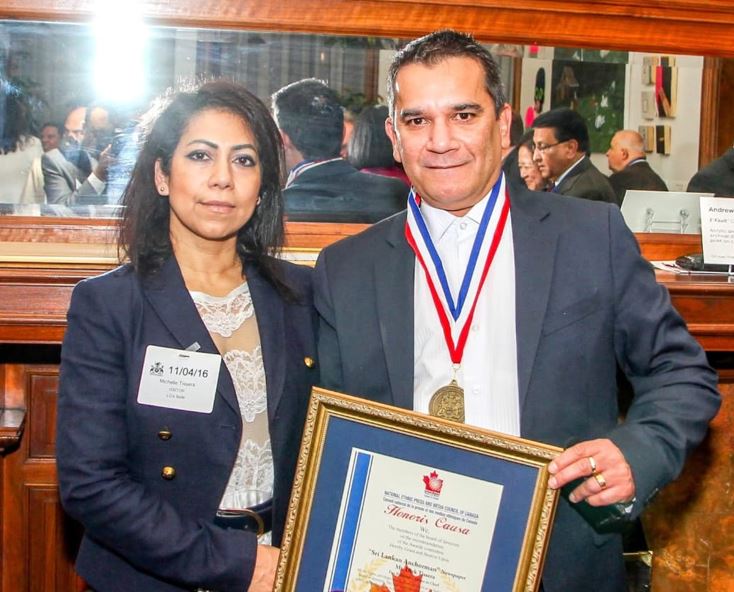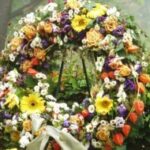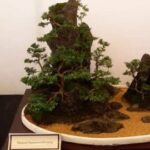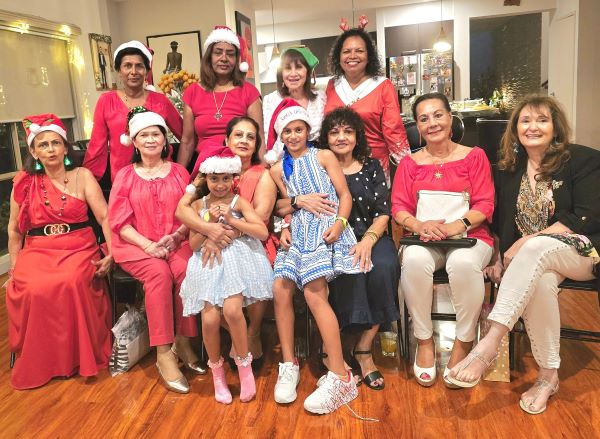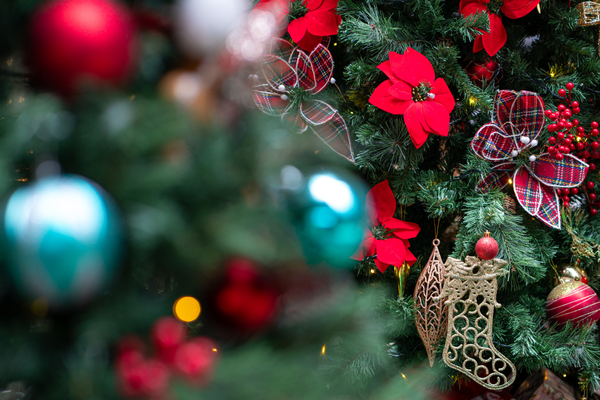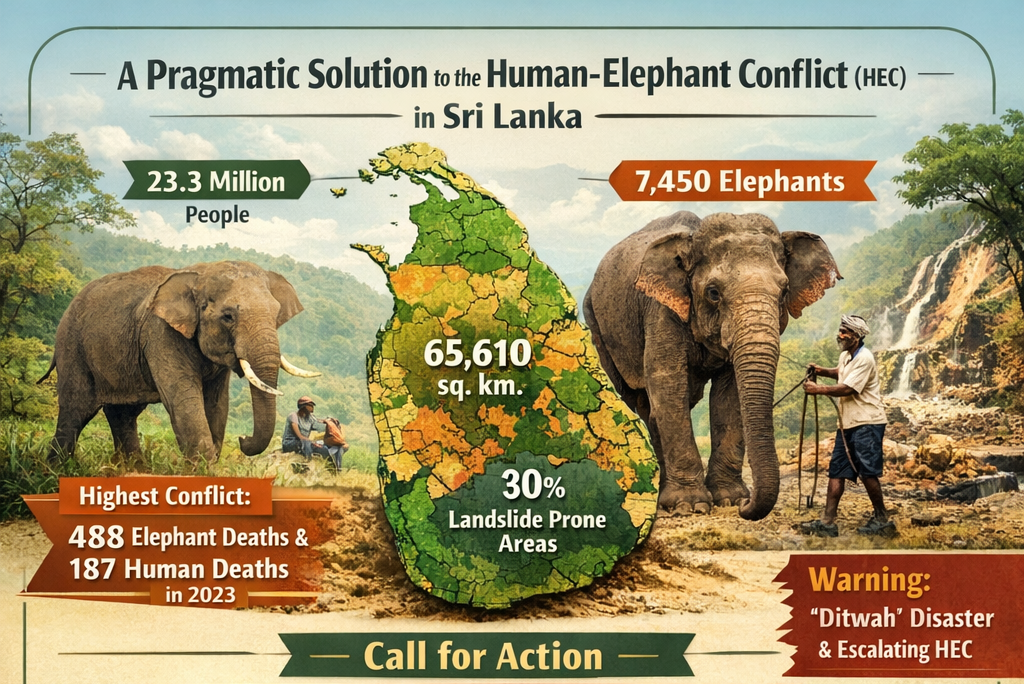Book Review: The Virtuous Weed by Nimal R. Chandrasena Phillip Clarke
The Article below is a Book Review of “The Virtuous Weed” written by Dr. Nimal Chandrasena, former Associate Professor of Botany at the University of Colombo.
The book is available in several Sri Lankan bookstores and can also be purchased via the Publisher (Vivid Books, Freemantle):
Link: http://www.vividpublishing.com.au/thevirtuousweed/
Or Abebooks: Link: https://www.abebooks.com/book-search/author/nimal-chandrasena/
The book was recently highlighted on the ABC Radio National Science show by Robyn Williams. You can listen to the interview with the Author here:
“The Virtue of Weeds” Robyn Williams – ABC Science Show, 27 May 2023, 12 pm
Interview with Dr. Nimal Chandrasena
https://www.abc.net.au/radionational/programs/scienceshow/virtuous-weeds/102385470
—————————————
 “The Virtuous Weed” Nimal R. Chandrasena
“The Virtuous Weed” Nimal R. Chandrasena
Vivid Publishing, Freemantle, Western Australia ISBN 978-1-922788-67-2
Reviewed by: Dr. Philip A. Clarke, South Australian Museum (philip.c@ozemail.com.au)
‘Weedy by Name Only, Not Weedy by Nature’
This book urges the reader to critically reconsider the definition of what makes a plant species a ‘weed’. It provides an argument for us to cease shunning such plants, and instead admire them for their colonizing potential as pioneering species.
As discussed, knowing why a particular weedy species does so well in certain environments provide clues for their management. After several centuries of European colonial expansion, weeds of one type or another have found their way into every corner of the world.
The history of weeds, as outlined in this volume, is essentially a record of the expansion of agriculture, which began independently in several parts of the world about 12,000 years or so ago. The full title of the book can be read as a warning that many species, including native Australian plants, are potentially weeds if placed in a favourable environment.
The author, Nimal R. Chandrasena, has spent his working life investigating all aspects of the numerous plant species that the world has come to classify as weeds. This high level of expertise means that he is imminently qualified to write this definitive book on weeds. The book is skilfully written in an accessible style and yet is well-referenced for scholars who need to drill much more deeply into the published materials from which the book is drawn. The provision of numerous tables helps to summarise the data.
The most commonly used plant names appear in the text, but the inclusion of their scientific name in brackets helps to clarify the species. The use of endnotes enables the readers to proceed unencumbered by numerous references that would otherwise be placed within the main narrative.
 The readership of The Virtuous Weed is chiefly comprised of academic botanists, ecologists, environmentalists and university biology students. In addition, landowners, environmental groups and local councils, who manage weeds on their assets and properties may also find this book of great interest. The strengths of the work include its insightful investigation of what makes a weed, the rich description of the ‘war’ raged on weeds, and its demonstrations of how weeds could end up being very useful to humanity – if only we stop ‘waging a war’ or ignoring them.
The readership of The Virtuous Weed is chiefly comprised of academic botanists, ecologists, environmentalists and university biology students. In addition, landowners, environmental groups and local councils, who manage weeds on their assets and properties may also find this book of great interest. The strengths of the work include its insightful investigation of what makes a weed, the rich description of the ‘war’ raged on weeds, and its demonstrations of how weeds could end up being very useful to humanity – if only we stop ‘waging a war’ or ignoring them.
At the centre of the definition of a weed are perceptions concerning whether or not the presence of the species concerned is a potential problem. Of course, as Nimal demonstrates, being seen as a ‘nuisance plant’ is dependent upon such things as whether the observer is a farmer, conservationist or an urban dweller.
His insights and data demonstrate that a sense of aesthetics and the cultural background of people are also factors in determining whether a particular plant is a weed or perhaps, something more special that should be cherished, albeit still under some form of control, where necessary. While many exotic species have become established in new areas, usually as a result of the expansion of agriculture, only some species pose a sufficient enough threat that requires some form of management. Chief among the perceived threats of weeds is the negative impact on the natural environment, with traits such as being poisonous to wildlife and stock, having the ability to cause more severe bushfires or change the water table, and possible displacement of more desirable species.
Nimal Chandrasena has clearly shown that not all weeds are introduced plants, with some indigenous species of herbs, that appear suddenly during certain seasons, also being seen as weeds. For instance, a plant that is frequently recorded by ethnobotanists working in Western and Central Australia is a ‘native’ but ‘weedy-looking’ annual daisy [Asteraceae] called the ‘toothed ragweed’ [Pterocaulon serrulatum (Montrouz.) Guillaumin]. It grows thickly after a bushfire, along with other weedy species, in creeks and along roadsides (Latz, 1995).[i]
While some observers would see this plant as weedy and a nuisance when having to pass through it, others actually find this strongly-scented species very useful. Chandrasena draws attention to the Australian Aboriginal use of the toothed ragweed, stating that the ‘Aromatic leaves are used to treat colds; inhaled by chewing or crushed to make a decoction’.[ii] The plant is known by several Aboriginal names and was used for treating people with very bad influenza, or with ’flu-like symptoms. The leaves are ground up and mixed with animal fat to make an ointment. This ointment is rubbed into the chest and the back of the sufferer, and into any aching joints.
As a practising ethnobotanist, on field trips, I have often encountered exotic plant species growing alongside indigenous plants in nature reserves. Initially, when commencing my study of traditional Australian Aboriginal plant uses in the 1980s, I tried to ignore such exotic weedy species that appeared to be threatening the coexistence of the native plants and animals, since they were not part of the landscape just before European settlement.
To my surprise, I soon found that Aboriginal people had come to use many of them. For instance, Aboriginal people based in temperate parts of Australia considered thalgi, which is the common sow thistle (Sonchus oleraceus L.), to be an important food and medicine.[iii]
The fact that Sowthistle, a weedy colonizer, had come from Europe and Western Asia in the early days of British colonization was of little or no significance to my Aboriginal instructors. This same species is of significant interest to Chandrasena, and in The Virtuous Weed he provides the nutritional values of the sow thistle and records that in addition to its Aboriginal use in Australia, the ‘Tender parts are used as a potherb from ancient time in Europe; cooked into curries in Java’.[iv] As an edible green, the author highly recommends the growing of sow thistles, as well as the related prickly sow thistle (Sonchus asper), in community gardens.
Nimal Chandrasena remarks that: ‘Colonizing species will always be the ultimate survivors in the conflict with man. Rather than zero tolerance towards weeds, it seems reasonable to propose ‘ecological management’ of problematic populations, with an eye on their potential benefits, on a ‘case-by-case’ basis ’[v]. This work is a valuable contribution to the history of the interactions between plants and people and should be of interest to weed scientists, ecologists and others who are interested in weedy species.
References
Clarke, P. A. (1986). Aboriginal use of plant exudates, foliage and fungi as food and water sources in southern South Australia. Journal of the Anthropological Society of South Australia. Vol.24, no.3, pp.3-18.
Clarke, P. A. (2013). The Aboriginal ethnobotany of the Adelaide region, South Australia. Transactions of the Royal Society of South Australia. Vol.137, no.1, pp.97-126.
Clarke, P. A. (2015). The Aboriginal ethnobotany of the South East of South Australia region. Part 2: foods, medicines and narcotics. Transactions of the Royal Society of South Australia. Vol.139, No..2, pp.247-272.
Latz, P. (1995). Bushfires and Bushtucker. Aboriginal Plant Use in Central Australia. IAD Press, Alice Springs, Northern Territory.
The Author
Nimal Chandrasena, a Weed Scientist, became the first Associate Professor of Botany by Merit, in 1990, at the University of Colombo, Sri Lanka. He served the Colombo University from 1977 to July 1993 until he moved to Australia, where he has been a Principal Scientist (at Sydney Water Corporation) and a Principal Consultant on weeds and vegetation for over 25 years.
He has been an active member of the weed science community in the Asian-Pacific region for more than 30 years and is a well-published author of more than 70 articles on weeds and their management. He is presently the Editor-in-Chief of the Journal WEEDS (the official journal of the Asian-Pacific Weed Science Society; http://apwss.org.in/). Nimal obtained his Ph.D. in Weed Science from the University of North Wales (Bangor, UK).
He has won several awards for his work and is a well-recognized by his peers for his 40-plus years of experience, as a Botanist and Ecologist. In 2003, he won the NSW Premier’s Public Service Environmental Award (Silver) for “Restoring the Botany Wetlands – an Iconic Wetland in Sydney”. He now lives in Perth and can be contacted via: Nimal.chandrasena@gmail.com (Mobile: +61-408 279 604)



